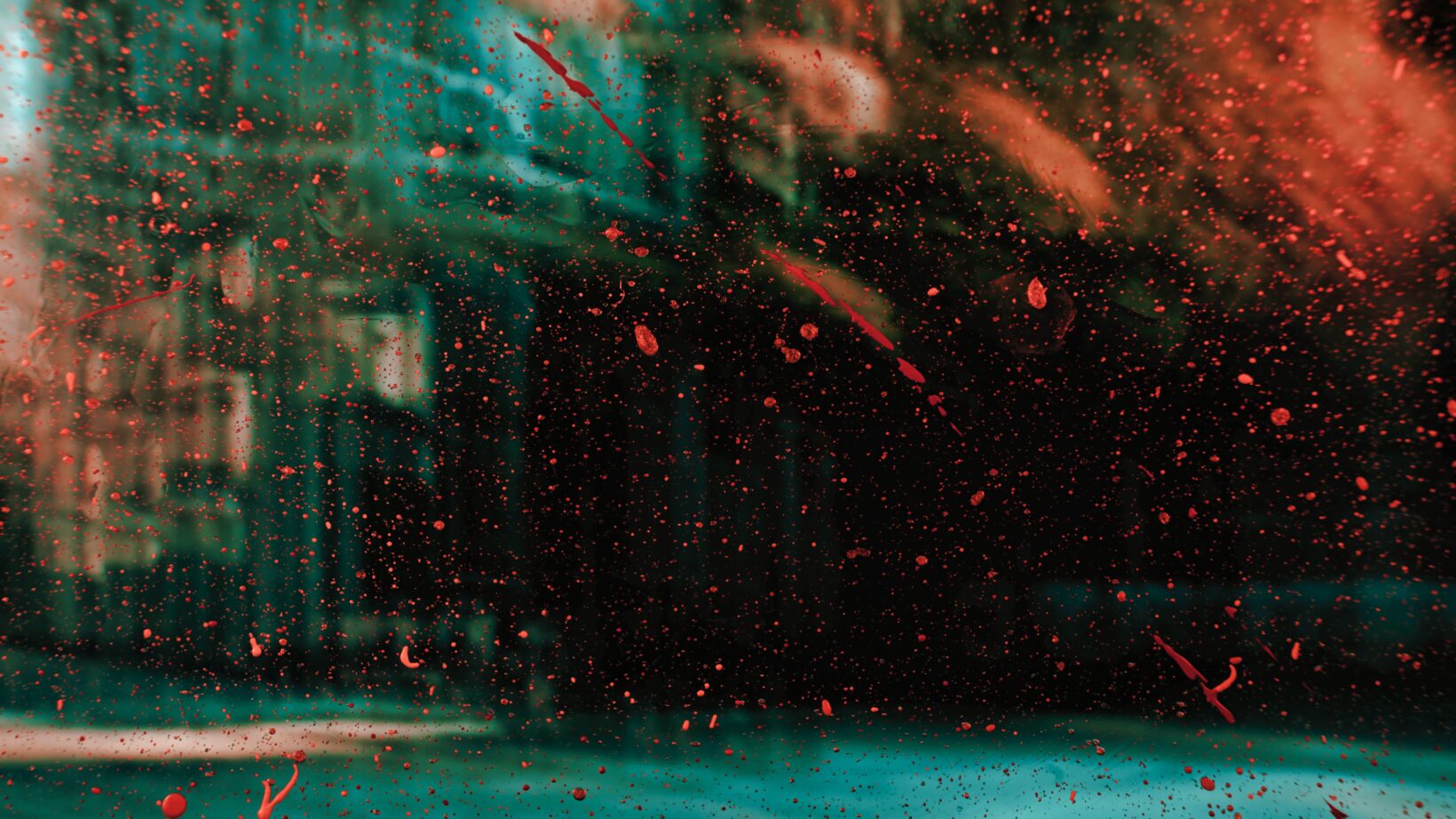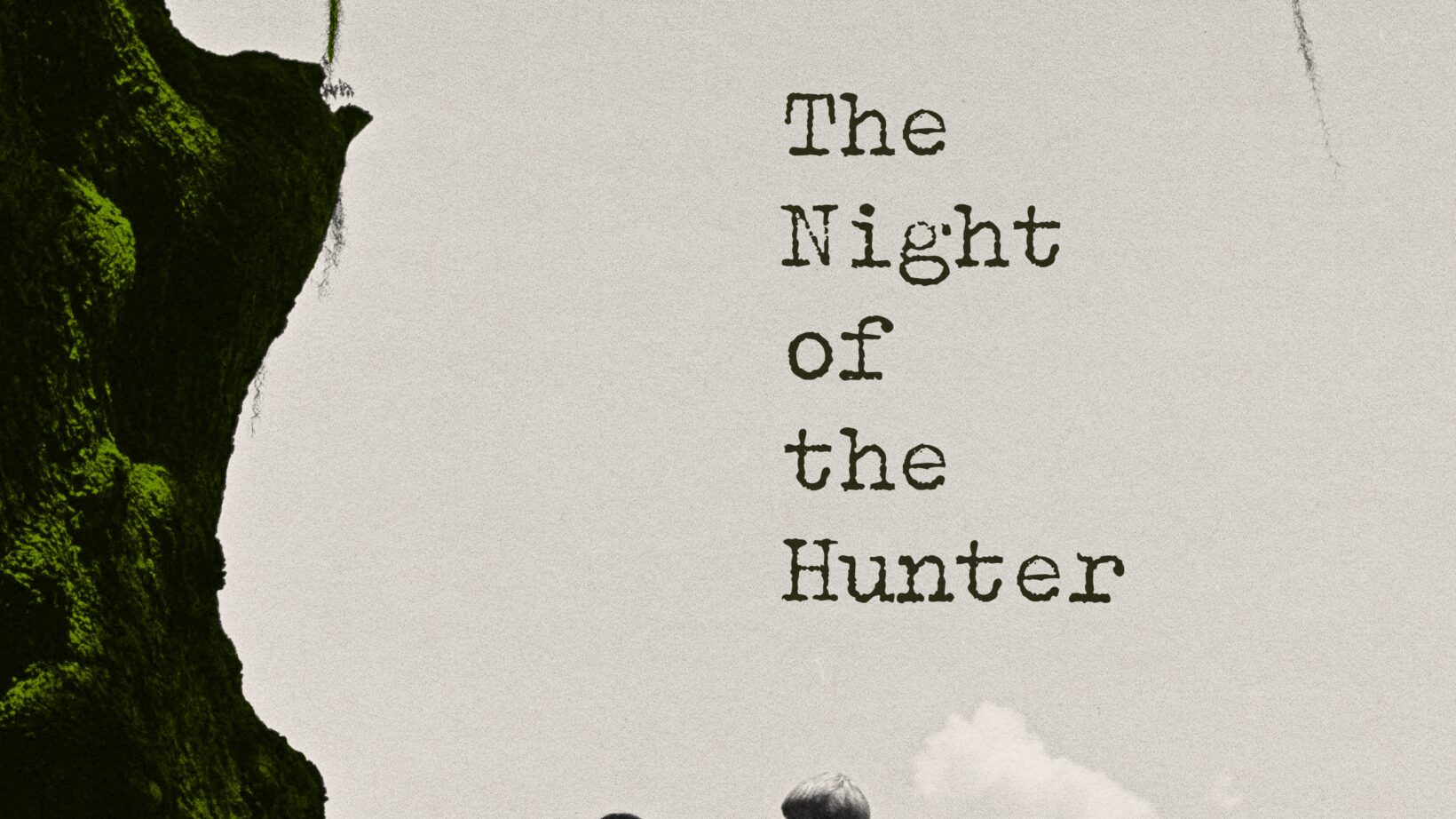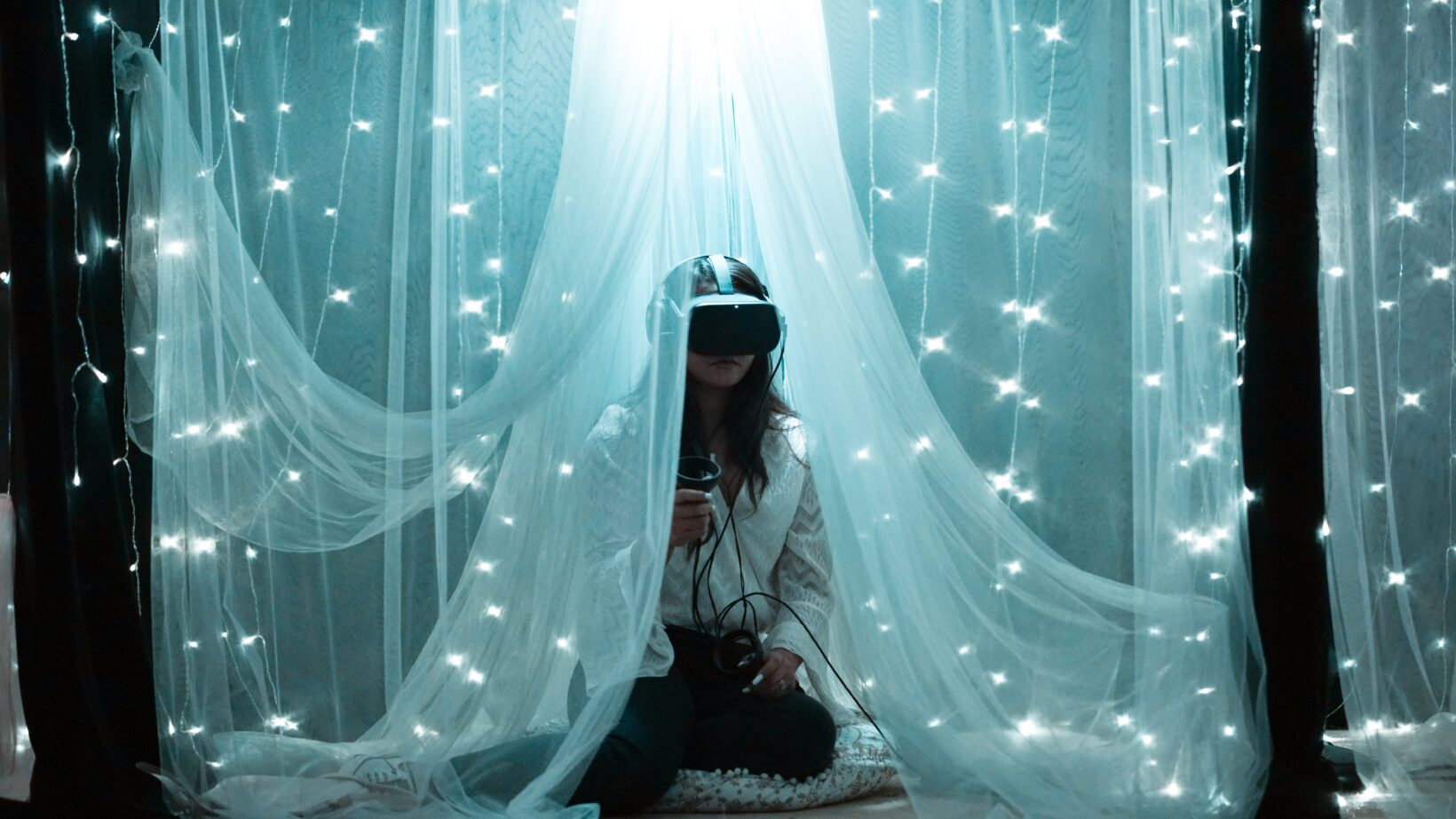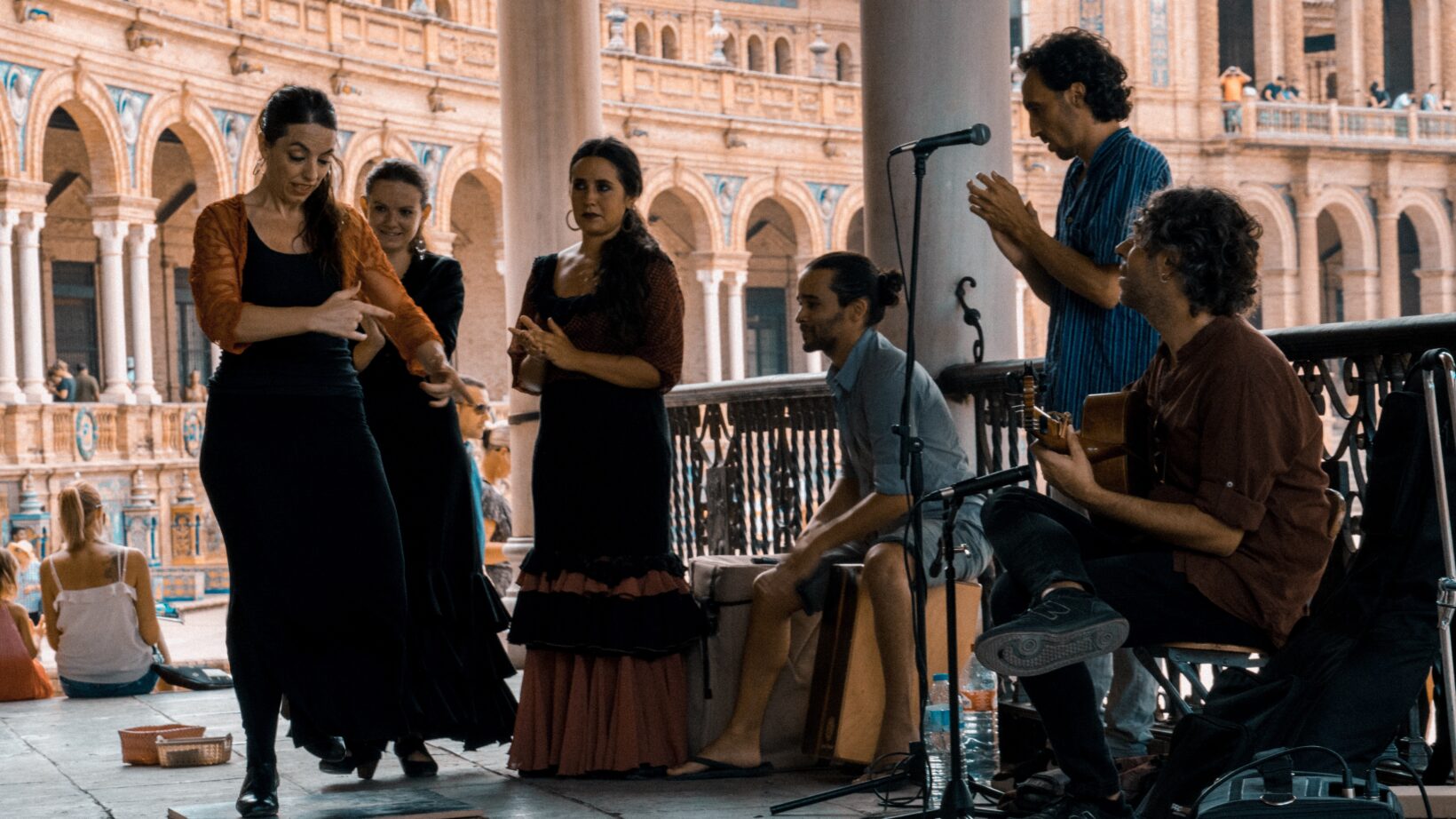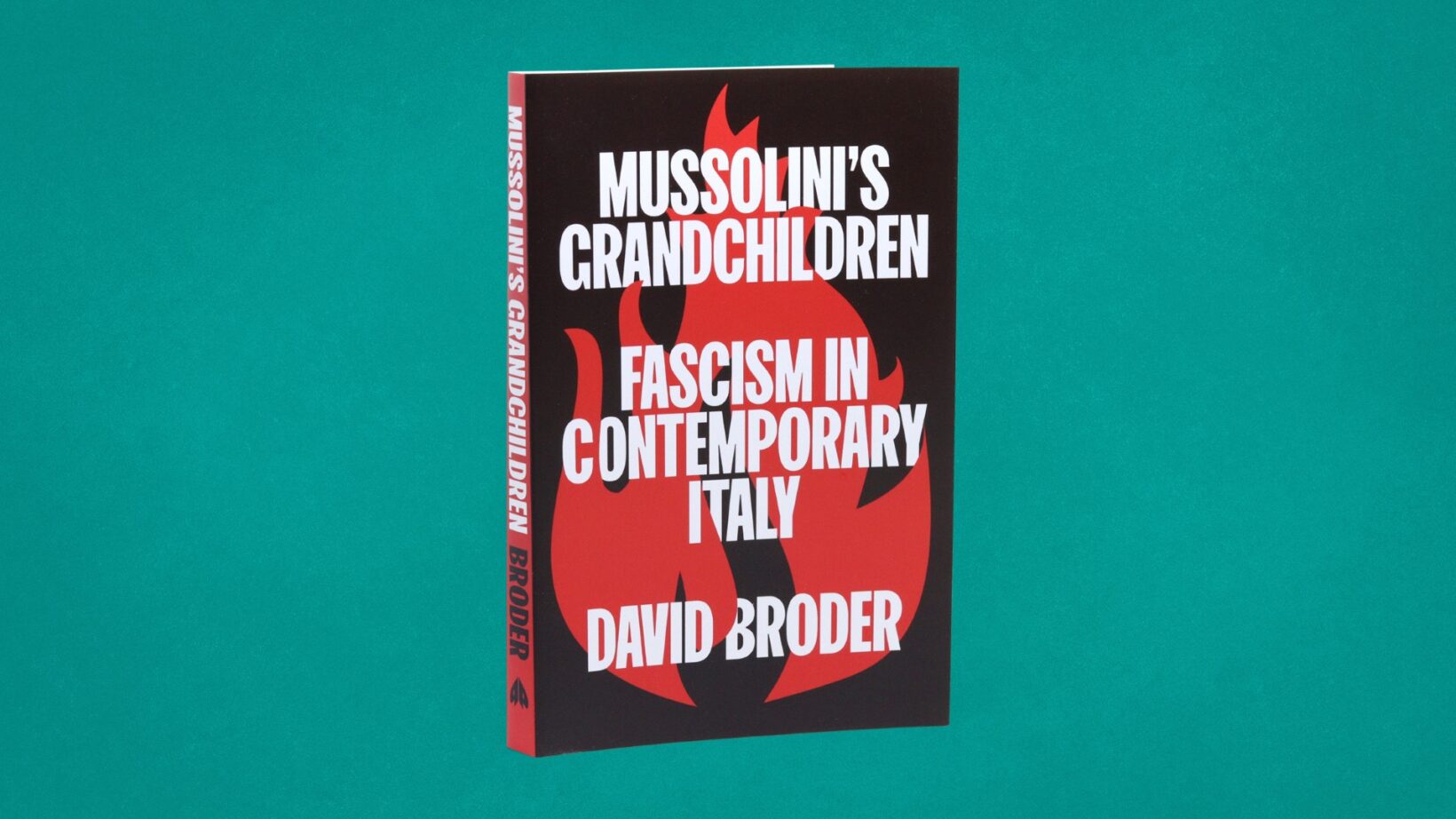The term dismisses the influence of pioneering directors such as Wes Craven, John Carpenter, and William Friedkin and serves more as a trigger warning than a mark of originality.
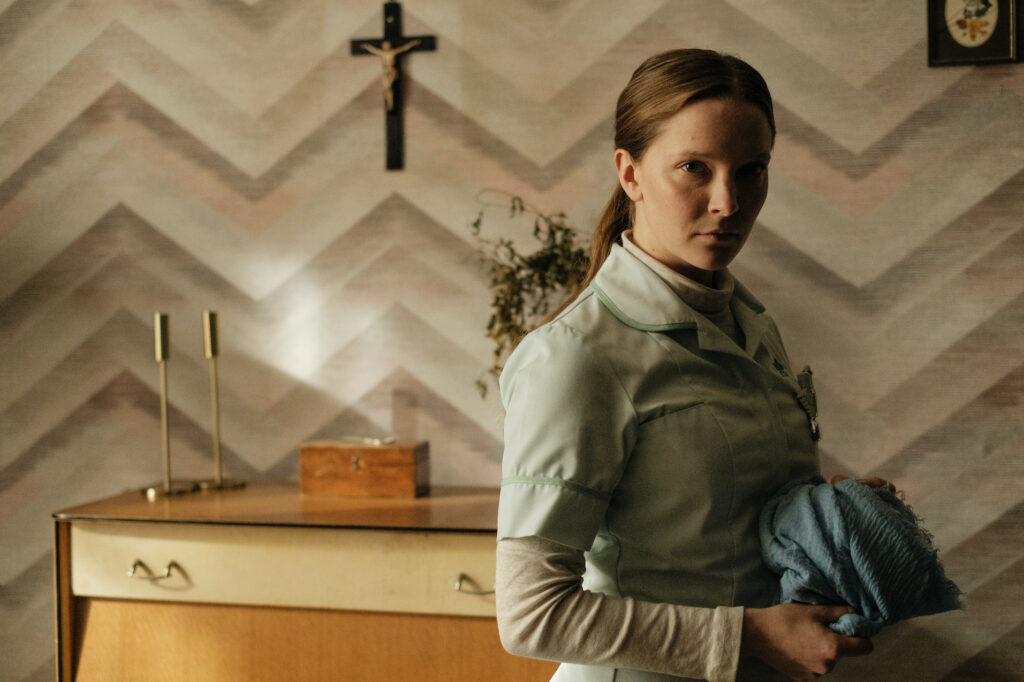
Elevated horror, the generational term for horror films that choose a psychological thematic base for their narrative storyline, replacing stereotypical genre staples such as gratuitous gore, objective victimization, and repetitive jump scares, with cerebral structures such as psychological fear, implied fear, unnerving, and consistent heightened auditory anxiety, was birthed following the Sundance Festival premiere of Robert Egger’s The Witch in 2015.
In an attempt to disassociate from the unnecessarily maligned horror genre, the term has grown from being a toss-away closing sentence in a Guardian review to now spearheading a sub-genre within the Horror genre itself. However by distancing from benchmark films of the past, ‘elevated’ horror effectively refuses to be comparatively judged against classics such as Halloween, Last House on The Left, and arguably the greatest horror of all time The Exorcist.
Without The Exorcist, it’s hard to imagine Rose Glass’ 2019’s elevated horror St Maud finding an audience, or receiving the same level of universal acclaim, as marketing for the film was pitched using strong comparisons to Friedkin’s seminal classic. On the surface both films are studies in the battle to save someone’s soul, however, while The Exorcist’s focus is on the religious battle between heaven and hell, Glass’ modern psychological horror is a study of guilt and a metaphor for the deterioration of an individual’s mental health.
Deliberate or not, the term devalues and dismisses the legacy of directorial pioneers who elevated the genre from grubby B-movie status to mainstream, multi-million dollar, Oscar-winning success. Without iconic directors such as Craven, Friedkin, and Carpenter being willing to take career-threatening risks, in the process laying the groundwork, films such as The Witch, The Babadook, and Midsommar would have no pre-ordained path to follow.
Eggers’ 2019 The Lighthouse starring Robert Pattison and Willem Dafoe, upon release, was quickly pigeonholed into the elevated horror category, however, on critique, the film is arguably closer to a psychological drama, watching as two lighthouse keepers isolated from society descend into madness. Even Eggers himself in an interview with Variety said that he believed films can be unnecessarily forced into specific genre boxes, and as a result can either help or hinder box office returns and affect audience reception.
It’s possible to plot the timeline of the more cerebral Elevated Horror as a reactive response to 2004’s Saw, and the degenerative era of ‘torture porn’ that followed. Ironically torture porn is also a generational term used to disassociate itself as unique from the horror genre. Audiences could even consider the ‘torture porn’ era as the sleazier, more regressive cousin of the current progressive ‘Elevated Horror’.
Wes Craven no less than 4 times reinvented the horror genre, his first breakout success 1972’s “Last House on the Left”, was made on a budget of $87,000 dollars, earning a modest $3.1m at the box office, but its legacy after being banned in the UK, was infamy, and to this day is still considered one of the most harrowing but influential films in cinema history.
On first viewing the film is clearly part of the exploitation genre, its vivid depiction of extreme violence and sexual assault was unheard of in films of the era, and actually damaged Craven’s career for a period of time. However from a film critique perspective, Craven with a Master’s Degree in Human Psychology challenges the law-abiding film reviewer and audience with the ultimate moral and social conundrum. Technically the parents of victims should rely on authorities for justice, however, almost every person watching would be forgiven for reacting in a similarly violent manner, a torturous eye for an eye in a bloodthirsty search for vengeance.
The entire horror genre is an ‘elevated’ critique of social commentary, regularly provoking the audience into the morality vs society question, for example without George A Romero’s Night of The Living Dead and its inadvertent statement on race, no future platform for Get Out. Nicolas Roeg’s chilling Don’t Look Now is as equally haunting a metaphor for grief as 2014’s The Babadook, and unlike the ‘elevated’ modern horror, the 1973 classic doesn’t provide the audience with the comfort of a reassuring ending. Roeg instead implies that grief is an all-consuming malevolent force, likely to destroy the victim and any relationships thus connected.
The waves of popularity within the horror genre can typically be related to individual political and societal fears of the era, directors channelling and reflecting societal panic back toward the audience in the form of a distorted carnival mirror.
For example, the 90’s, Scream, and the teen slasher era could be viewed as a critique on American school shootings, in particular Columbine, and every senseless school, teen, and college shooting that followed. The 00’s torture porn era, a response to Western society being desensitized to the killing of innocent people after watching the September 11 terrorist attack unfold on live TV.
The resulting War on Terror and continued fear of Al Qaeda, ‘torture porn’ becomes an almost cathartic necessity for a powerless western society living with the prolonged fear of being victim to a terrorist attack.
This trend can actually be traced back further than the 80s and 90s, the 1970’s headlines of serial killers (Ted Bundy 1971 onwards) and cults (Charles Manson trial 1970) butchering innocent teenagers, manifests into gory serial killer flicks such as The Hills Have Eyes (Wes Craven 1978), Tobe Hooper’s Texas Chainsaw Massacre (1974), and John Carpenter’s Halloween (1978). This teenage torturing decade also gave rise to the Final Girl trope.
1950’s McCarthyism, Communism, and the rise of the Cold War resulted in an explosion of alien invasion sci-fi horror films such as Invasion of the Body Snatchers, The Day the Earth Stood Still, etc.
Almost every horror film, mainstream, elevated, or arthouse owes a debt of service to one film, William Friedkin’s The Exorcist, developed from William Peter Blatty’s novel, it’s responsible for the creation of both the psychological ‘elevated’ aspect of modern horror, the industry ‘jump scare’, extreme religious aspects, the God vs Devil battle, while they also perfected the use of media controversy, and word of mouth as a means of building powerful publicity.
Rather than ‘elevated horror’ being able to disassociate itself as an enlightened form of the genre, much like every generation prior, the current popularity of the sub-genre is merely a manifestation of the social crisis of the era, in effect a therapy session for the audience. However, it’s unsurprising that a generation that relies on trigger warnings before being willing to watch or read any form of creative content would wish to individualise the definition of what horror genre they’re prepared to watch.
Whether you’re a fan of French New Wave titles such as Martyrs or Inside, elevated titles such as The Witch or Hereditary, or prefer your scares in long-form and dipped in heartbroken emotion through titles such as The Haunting of Hill House, or Haunting of Bly Manor, there’s no need to disassociate from one from another, they all have their value, and you can be certain they’ll all result in you wanting to leave the light on that little bit longer.
Gregg James Kelly is a freelance journalist whose writing has appeared in esteemed cultural publications including DJ Mag, City Metric, Glasgow Living, SnackMag, many of Scotland’s top online news publications including Evening Times, The Herald, and The National, and countless other online music publications across a decade long career.

